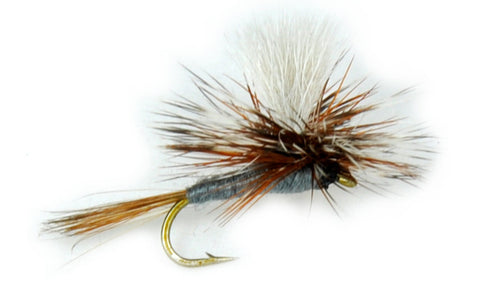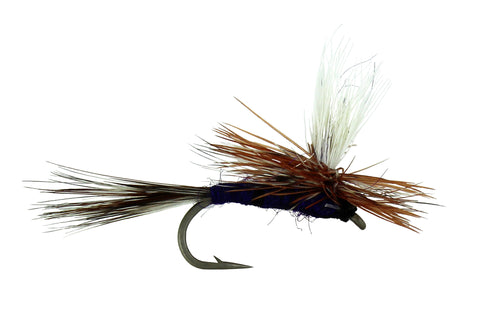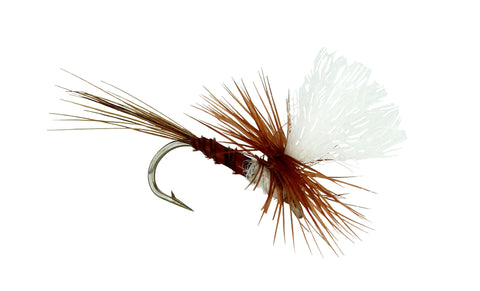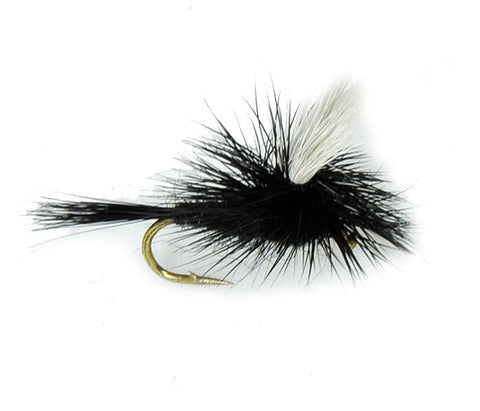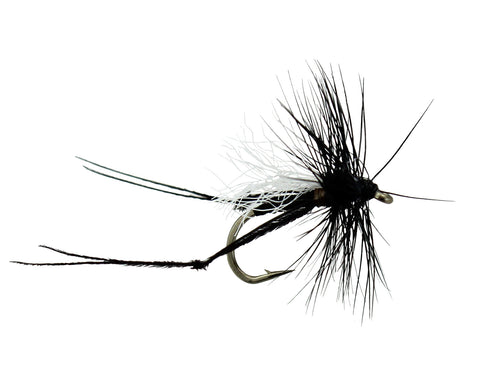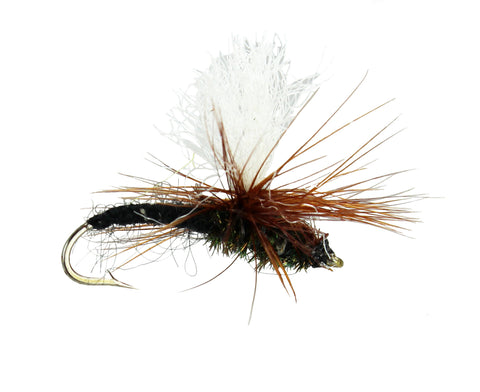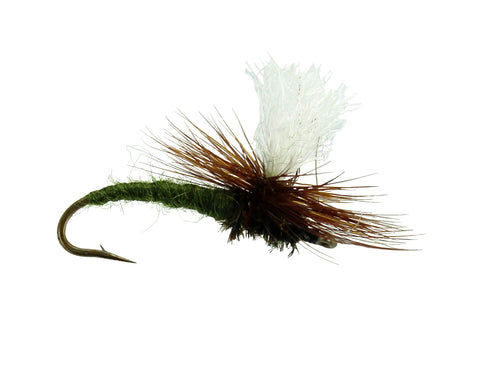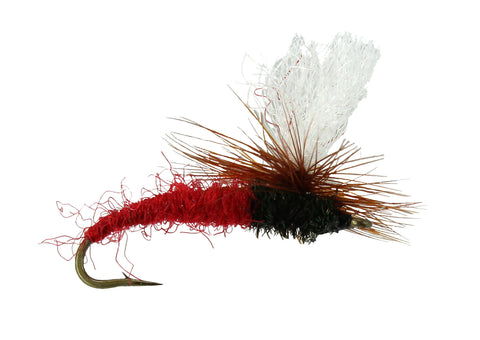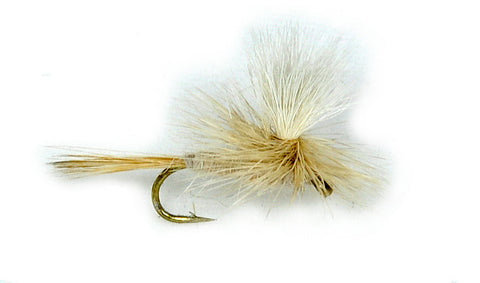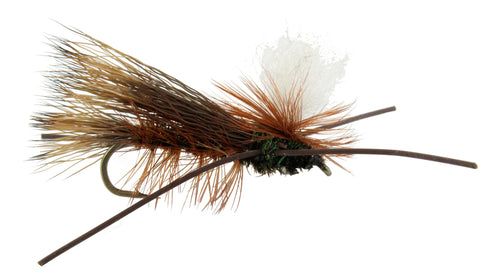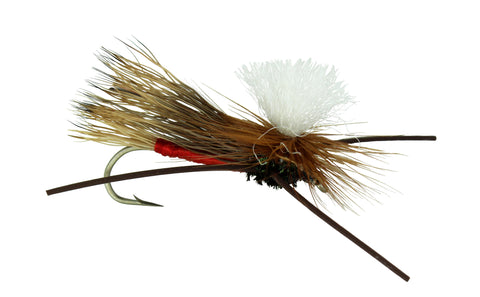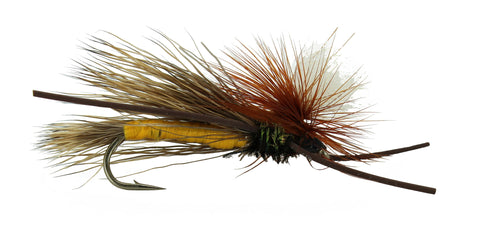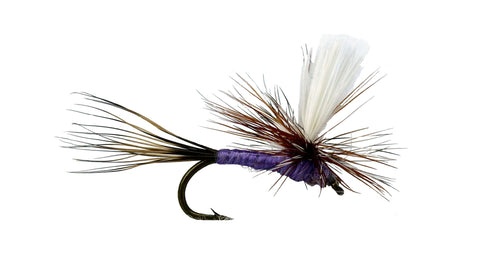Blue Dun Parachute
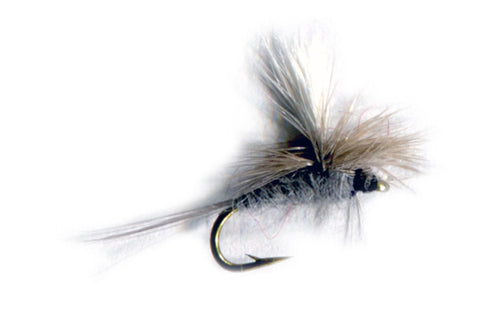
This Blue Dun Parachute pattern should be accompanied by the Blue Dun dry fly pattern which is a very versatile mayfly pattern and is an excellent and essential early season imitator of a multitude of mayflies including Blue Quills, Hendricksons, Quill Gordon’s and Blue Winged Olives.
Invariably the hatches it imitates occur from mid to late morning, through late afternoon. This of course depends on specific local entomology as to which mayfly it is working for. An excellent early season pattern, the Blue Dun covers a broad range of hatching mayflies, making a range of hook sizes essential.
As the parachute pattern sits with its body in the water it looks wholly different to the fish. There are a number of instances where the insects we aim to imitate are best represented by a parachute pattern. The only time a natural insect will have its body lying flat on the water surface is during emergence. During emergence some insects are trapped by that the surface tension of the water. In addition, later in the day when there is a spinner fall, they are trapped by the surface tension. The hackle of a parachute pattern is different, it is spread laterally. This in turn changes the view from underneath the fly. It looks like an emerging insect that is spreading its legs to get that extra support and push from the shuck before it starts drying its wings. Lastly, when the female insect returns to lay her eggs wings often are caught in the surface tension and take on water. Again due her weight increasing, she will extend her legs to gain additional support. Many females are unsuccessful in flying away and this is another excellent time to use the parachute pattern as they float down with their legs extended sideways and wings trapped in the surface tension. The human benefit, we can see the post so much more clearly.
When fishing any dry fly pattern, matching the color and the size to the hatch are critical, with presentation being the finishing touch to this trinity. Often overlooked is the casting of shadow from your leader, which may lead to spooked fish. We suggest selecting a high float leader. Additional waterproofing can be given to your fly delaying it becoming waterlogged, by applying a flotant product such as Gink ®.
All flies are tied with American sourced materials including Hareline Dubbin Materials and Whiting Farm's Hackles & Capes and are tied on premium hooks.

